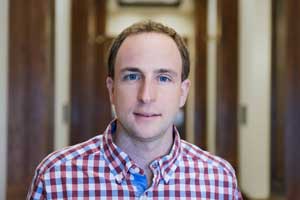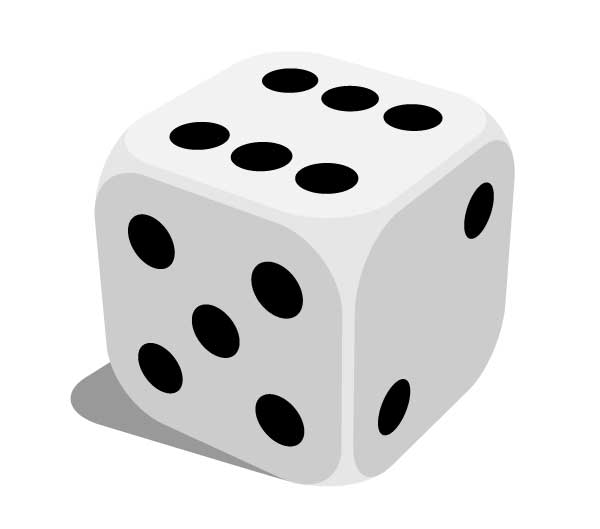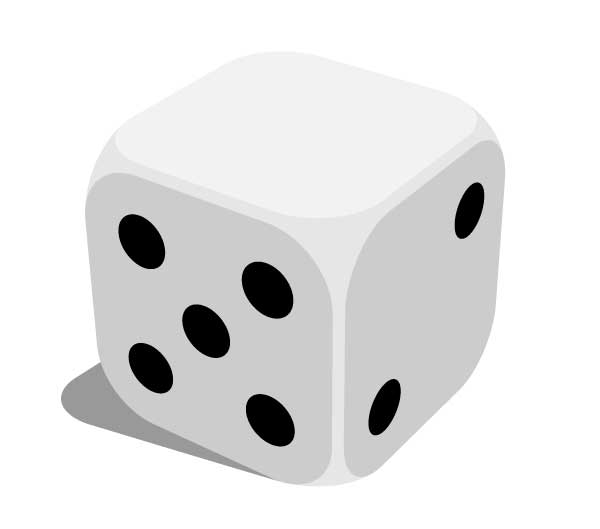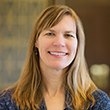Rolling an Imaginary Die and Measuring Beliefs about Risk
In October 2019, how likely did you think it was that a global pandemic—with economic shutdowns, school closures and many workers working from home for months—would strike sometime in the next 10 years? In 2030, how will your answer have changed?
Julian Kozlowski, a senior economist at the Federal Reserve Bank of St. Louis, posed those questions to the audience at a virtual Breakfast with the Fed event Oct. 9.

Julian Kozlowski, senior economist
Suppose that the COVID-19 crisis is over, an effective vaccine has been used and the virus is contained—it’s history, Kozlowski said. Are we back to normal and the economy fully recovers? Kozlowski asked. Or are we in a new normal, with long-run persistent effects?
He and two co-authors—Laura Veldkamp at Columbia University and Venky Venkateswaran at New York University’s Stern School of Business—propose the latter in a paper on “belief scarring." “Scarring Body and Mind: The Long-Term Belief-Scarring Effects of COVID-19," in the 2020 Jackson Hole Economic Policy Symposium Proceedings. Scarring is a persistent change in beliefs about the probability of an extreme, negative shock to the economy, according to the paper.
“The perception of aggregate risks to the economy has changed because we saw this large event,” Kozlowski said in his presentation. “And because it’s changing risk, that’s going to be affecting the overall economy.”
How Do You Measure Changes in Beliefs?
People and organizations that have an influence on the economy by buying, selling or producing are economic agents.
Measuring changes in beliefs is difficult, since they are in agents’ minds and are hard to quantify, Kozlowski said. A game using an imaginary "magical” die shows how it works.
The first scenario: The die has been rolled 60 times

Numbers 1 through 6 have come up 10 times each, Kozlowski said.
“What is the probability that you're going to assign to seeing a zero on the next 10 throws?” he asked event attendees.
In a poll, Kozlowski set the options:
- 0%
- Between 0% and 1%
- Between 2% and 4%
- More than 4%
A majority of respondents chose one of the first two options, with 40% saying there was no chance of a blank side turning up. “Because we haven't seen a zero, most of you say either zero or between zero and 1%, meaning, very little probability of those events,” Kozlowski summarized.
The second scenario: The 61st roll turns up a blank side

But 40% of the audience members thought that a “zero” result was impossible, Kozlowski said. “So this is what we’re going to call ‘learning that impossible is possible,’” he said.
The “extreme” event of a blank side turning up is similar to the COVID-19 crisis, he said: Something that we were not expecting suddenly happens.
Kozlowski submitted to the audience the same question about the probability that a zero would be rolled on the next 10 throws, and he offered the same choices. This time, no one chose the 0% option.
“Tail” Events Influence Perceptions Differently
We form our beliefs based on the information we have available and try to predict what will happen based on those observations, Kozlowski explained.
We revise our beliefs and our perceptions of risks in the economy as we see new data, he noted. In that sense, the frequency of past events will affect our estimates of the probability of their happening again, Kozlowski said. Ordinary events—those comparable to a one or a six being rolled on the die in his scenarios—won’t have much of an effect.
“But a tail event, an extreme adverse realization—think for example of the COVID crisis—is going to be very different, and it's going to generate very large and long-lived changes in beliefs—in particular, in tail probabilities,” Kozlowski said. “So this is how it’s going to change the perception of risk.”
And those changed perceptions are going to affect economic decisions—like whether it’s worthwhile to start a restaurant, invest in office space, or put money into virtual meeting technology, he said.
More to Explore
- Open Vault: A Lesson on Liquidity, Filmed on a Lake with an Economist
- Economic Synopses: Tail Risk: Part 1, The Persistent Effects of the Great Recession
- Economic Synopses: Tail Risk: Part 2, The Missing Recovery After the Great Recession
- Economic Synopses: Tail Risk: Part 3, The Return on Safe and Liquid Assets
Note
1 “Scarring Body and Mind: The Long-Term Belief-Scarring Effects of COVID-19," in the 2020 Jackson Hole Economic Policy Symposium Proceedings.
This blog explains everyday economics and the Fed, while also spotlighting St. Louis Fed people and programs. Views expressed are not necessarily those of the St. Louis Fed or Federal Reserve System.
Email Us


